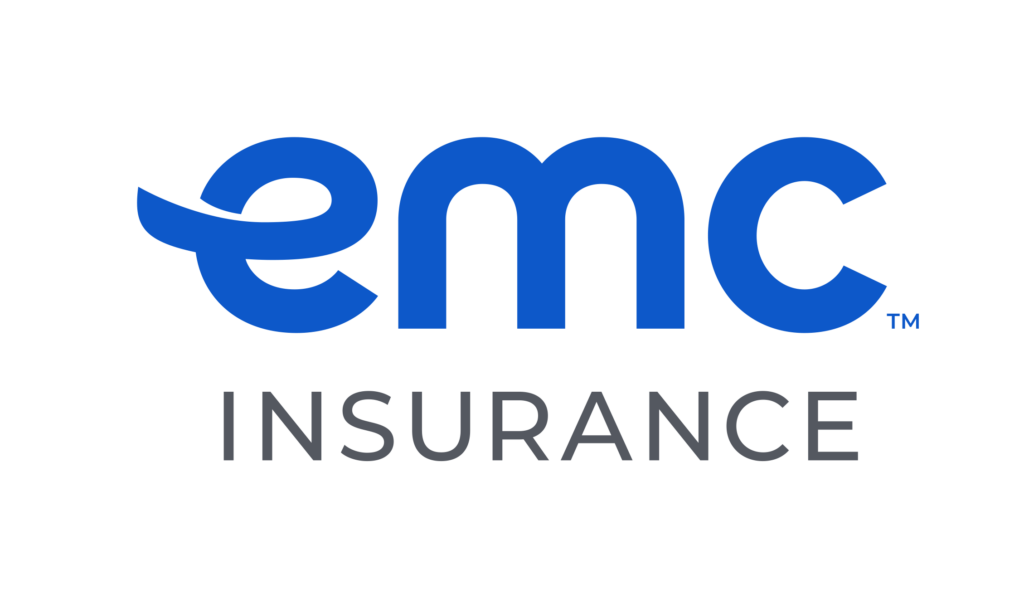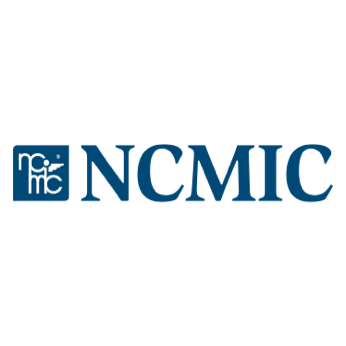Medical association report: U.S. health insurance markets ‘even more highly concentrated’
Wellmark, UnitedHealthcare account for 76% of state’s health market share

Commercial health insurance markets in the United States have become even more concentrated than they were five years ago, according to an annual report released recently by the American Medical Association. As those markets become increasingly concentrated among a smaller number of insurers, the result is less competition and consumer choice, which can harm patients by keeping premiums high, according to the AMA.
The report, “Competition in Health Insurance: A Comprehensive Study of U.S. Markets,” found that between 2014 and 2019, the share of U.S. markets that were highly concentrated increased from 71% to 74%. Moreover, more than half (52%) of the markets that were highly concentrated in 2014 grew even more concentrated by 2019. The data in the report collected market concentration figures for the HMO, PPO, POS and exchange insurance markets.
The study analyzed all 384 metropolitan statistical areas and the District of Columbia using the Herfindahl-Hirschman Index, a measure of health market concentration. Markets that exceed an HHI of 2,500 points are “highly concentrated,” according to federal guidelines. The HHI is calculated as the sum of the squared market shares of all firms in a market. The maximum HHI possible is 10,000, which would represent a monopoly on the market.
“For many of the 70 million Americans who live in highly concentrated health insurance markets, a lack of competition is a problem that keeps getting worse as consumers have more limited health insurance options to choose,” Dr. Susan Bailey, the AMA’s president, said in a press release. “The AMA strongly encourages a dialogue among regulators, policymakers, lawmakers, and others about the need for a better, more open and competitive marketplace to benefit patients and the physicians who care for them.”
According to the report, the Iowa market as a whole — as well as seven of its eight metropolitan statistical areas, including the Des Moines-West Des Moines MSA — are considered “highly concentrated.” The Des Moines MSA was among 284 MSAs (74%) in which the overall market is highly concentrated. Overall, Iowa has an HHI of 3,177.
Looking at the market concentration statewide, Wellmark Blue Cross and Blue Shield remains Iowa’s dominant health insurer, with a 47% market share across all lines of health insurance products. The Business Record contacted Wellmark to invite comments on the report, but no officials were available to respond, a spokesperson said.
Second in market share for Iowa health insurance products overall is UnitedHealthcare Group, with 29% of the overall market, according to the report.
UnitedHealthcare, one of the largest U.S. health insurers, reported a $3.2 billion profit for the third quarter, which represented a 10.3% decline from a year earlier. The decrease reflected “consumer and customer financial relief measures it has taken during the COVID-19 pandemic, along with costs related to COVID-19 treatment and testing,” the company said in its earnings release. For the same period, revenues grew 7.9% to $65.1 billion from a year ago, driven by 21% growth in the company’s Optum health services line, as well as growth in its public sector and senior business lines within its UnitedHealthcare health insurance segment.
The average MSA-level market had an HHI of 3,473 – exceeding the federal threshold for a highly concentrated market by nearly 1,000 points. Market concentration levels increased on net between 2014 and 2019 with the average market HHI rising by 151 points.
David Lind, a health market consultant in Clive who has researched health insurance trends for more than two decades, said both insurers and providers need to be more transparent about how market power is affecting pricing.
“Health providers and insurance carriers continue to point fingers at one another claiming that the other is responsible for anti-competitive behaviors by establishing enormous market power,” Lind wrote in an email after reviewing the 2020 report. “Yet both stand together and fight outside forces that attempt to unveil how medical prices are determined and subsequently negotiated.
“This ongoing behavior may actually promulgate the eventual move to a government-driven payment system — an unintended consequence that both hope to avoid,” Lind said. “The escalation of market power may help providers and carriers, but has it really helped the average American?”
The vast majority of metro areas — 92% — are now characterized by a single insurer controlling a market share of 30% or greater for that MSA. The study also found that nearly half — 48% — of MSA-level markets had a single insurer with a market share of 50% or greater. .
Paul von Ebers, a health insurance consultant who previously led Blue Cross Blue Shield of North Dakota as its CEO, also weighed in on the AMA’s findings. He previously was chief operating officer of Excellus Blue Cross Blue Shield in New York, and before that was a senior vice president with Blue Cross Blue Shield of Iowa from 1986 to 1995, before the organization was renamed Wellmark. He recently moved his firm, Prospective Health LLC, to Des Moines.
Does AMA’s argument — that concentration in insurance markets raises prices and also drives down what insurers pay to physicians and hospitals — hold water?
“On the issue of payments to providers of care, AMA is at least partly right,” von Ebers wrote in an email. “Historically, Blue Plans have had the highest market share and have paid somewhat lower rates of payment to hospitals and doctors. This advantage has eroded over time as the market share of competitors has grown in some areas of the country, but still remains true in many places, probably including Iowa.
“The harder part of the argument is that this concentration raises insurance prices,” von Ebers said. “It is very possible that a high share insurer with little competition may be inefficient on administrative costs and this can cause higher premiums. Blue plan administrative costs have historically been somewhat higher than those of large national insurers.
“However, since about 85% of the cost of insurance is the actual cost of health care and high share insurers pay less, it is obviously harder to argue that premiums would go up, unless the monopoly insurer is making much larger profits. The problem with that is that the national insurers (United, Aetna, Cigna) are big nationally, but don’t have a high market share in any one market and actually have higher profit margins than most regional Blue plans.”
He noted that the report’s methodology for counting Blue Cross Blue Shield plans’ market share excludes national account enrollment, except for adjacent states. In the Blue system, a national account is defined as an employer with employees in multiple states. The control plan is the BCBS plan that has the contract with the national account. In some instances that methodology could exclude some Wellmark enrollment that does not increase Wellmark’s market power, but also exclude some enrollment that does increase Wellmark’s power.
Figures tracked by the Iowa Insurance Division indicate a much larger combined market share when both Wellmark Inc. and Wellmark Health Plan of Iowa are taken into account. Together, those plans account for roughly 78% of the large group market in Iowa and 81% of the small group market. In the individual market those two plans, together with the Wellmark Value Plan, account for about 45% of individual health policies in the state, a division spokesman said.
Von Ebers posits that AMA’s motivation for reporting on insurer concentration is that having a more fragmented insurance market would lessen the negotiating power of each insurer, and so member physicians would get paid more.
“It is possible that each insurer in this more competitive market might be more efficient in administrative costs and perhaps have a little lower profit margin, but it is hard to see that premiums would go down if doctors and hospitals are paid more,” he said.











